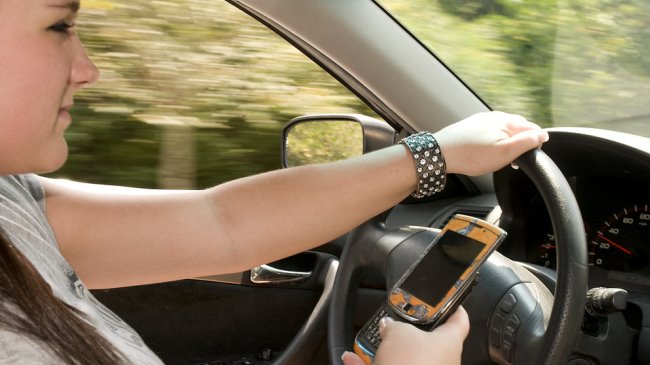Smartphones are a constant part of our daily lives, from making calls and texting on the go to researching any number of topics on Google. While it is consistently accessible, being able to text or study on your phone while you’re behind the wheel isn’t convenient — it’s dangerous, even for experienced drivers.
For teenagers who are just learning to drive, and may be attached continuously to their phones, it can be deadly. What do parents need to know about texting and driving when their teens reach that age?
Frightening Statistics
Distracted driving is one of the biggest causes of car accidents in the country. In 2017, nearly 9 percent of all reported automotive fatalities were the result of distracted driving. In 2017, that was 3,166 fatalities, but that doesn’t account for the deaths that may have gone unreported.
The risk of an accident is higher for young or inexperienced drivers, such as teenagers.
Implement Strict Rules
Driving brings with it a sense of freedom, but that shouldn’t mean teen drivers are free to do whatever they want. Before they head out on the road by themselves for the first time, set some strict rules in place to govern their behavior. These rules might include:
- No phone calls or texting while driving.
- No eating or doing makeup in the car. These actions also contribute to distracted driving.
- No more than two passengers. Having two or more passengers in the car triples the driver’s risk of a fatal car accident.
Feel free to customize your rules to suit your teen’s personality and attitude.
Start Thinking About Insurance
You will need to add your new driver or drivers to your car insurance plan before they’re allowed to head out on the road. This can be expensive — car insurance for male drivers under 25 and female drivers under 21 is always more costly than it is for older adults. Driver education classes can reduce this expense, but until your teen starts paying for their insurance, it will be more expensive than yours.
You will also need to consider what kind of additional protection you might need if your teen driver gets into a car accident. A personal liability umbrella policy can be added to your insurance to provide you with some extra protection if your teen driver is in an accident and the damages are costlier than what your policy will cover.
Lead by Example
We try to teach our children to do as we say, not as we do. In reality, they’re more likely to mimic our actions than listen to our words. Leading by example is essential. If you don’t want your teen drivers to text behind the wheel, don’t text when you’re driving. Model the kind of safe driving behaviors you want your children to learn when they’re in the car with you.
Letting our teenagers get behind the wheel is a nerve-wracking experience for any parent. All we can do is make sure they are as prepared and safe as possible each time they turn that key.
Scott Huntington is an automotive writer from central Pennsylvania. Check out his work at Off The Throttle or follow him on Twitter@SMHuntington.








When our smart-phone-addicted grandson started driving at the age of 16, his dad’s rule was the cell phone is off AND in the trunk.
I agree. I think it is safer for anyone to drive fast on a interstate highway and pay attention than to text and talk while driving slower.